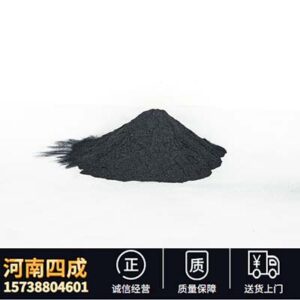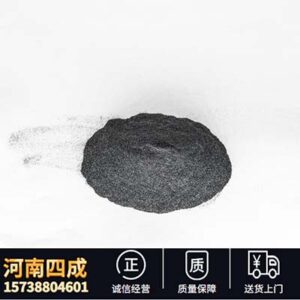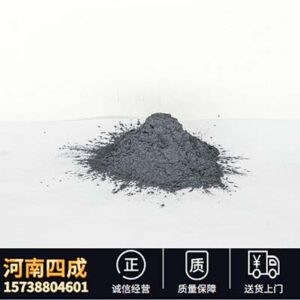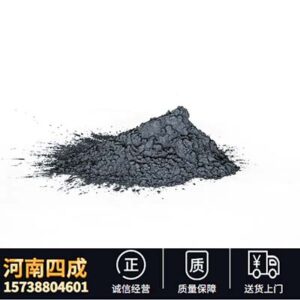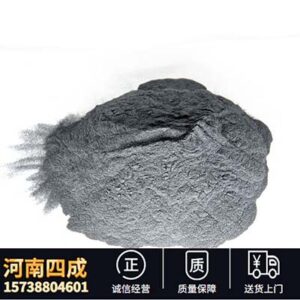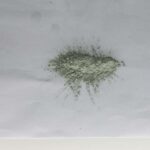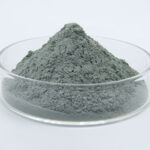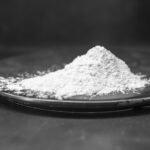Emery, also known as silicon carbide, includes black silicon carbide and green silicon carbide, among which: black silicon carbide is made of quartz sand, petroleum coke and high-quality silica as the main raw materials, and is smelted by resistance furnace at high temperature. Its hardness is between corundum and diamond, its mechanical strength is higher than that of corundum, and it is brittle and sharp.
Green silicon carbide is made of petroleum coke and high-quality silica as the main raw materials, adding salt as an additive, and is smelted through a resistance furnace at high temperature. Its hardness is between corundum and diamond, and its mechanical strength is higher than that of corundum. So what are the main uses of silicon carbide?
1. Abrasives – mainly because silicon carbide has high hardness, chemical stability and certain toughness, so silicon carbide can be used to make bonded abrasives, coated abrasives and Free grinding, so as to process glass, ceramics, stone, cast iron and some non-ferrous metals, hard alloys, titanium alloys, high-speed steel tools and grinding wheels, etc.
2. Refractory materials and corrosion-resistant materials—mainly because silicon carbide has a high melting point (decomposition), chemical inertness and thermal shock resistance, so silicon carbide can be used in abrasive tools and ceramic products firing kilns A variety of silicon carbide ceramic products such as shed boards and saggers, silicon carbide bricks for vertical cylinder distillation furnaces in the zinc smelting industry, aluminum electrolytic cell linings, crucibles, and small furnace materials.
3. Chemical use – because silicon carbide can be decomposed in molten steel and react with ionized oxygen and metal oxides in molten steel to form carbon monoxide and silicon-containing slag. Therefore, it can be used as a purifying agent for smelting iron and steel, that is, as a deoxidizer for steelmaking and a modifier for cast iron structure. This generally uses low-purity silicon carbide to keep costs down. At the same time, it can also be used as a raw material for the manufacture of silicon tetrachloride.
4. Electrical purposes – used as heating elements, non-linear resistance elements and high semiconductor materials. Heating elements such as silicon carbide rods (suitable for various electric furnaces working at 1100-1500°C), non-linear resistance elements, and various lightning protection valves.
5. Others are formulated into far-infrared radiation coatings or made into silicon carbide silicon plates in a far-infrared radiation dryer.

